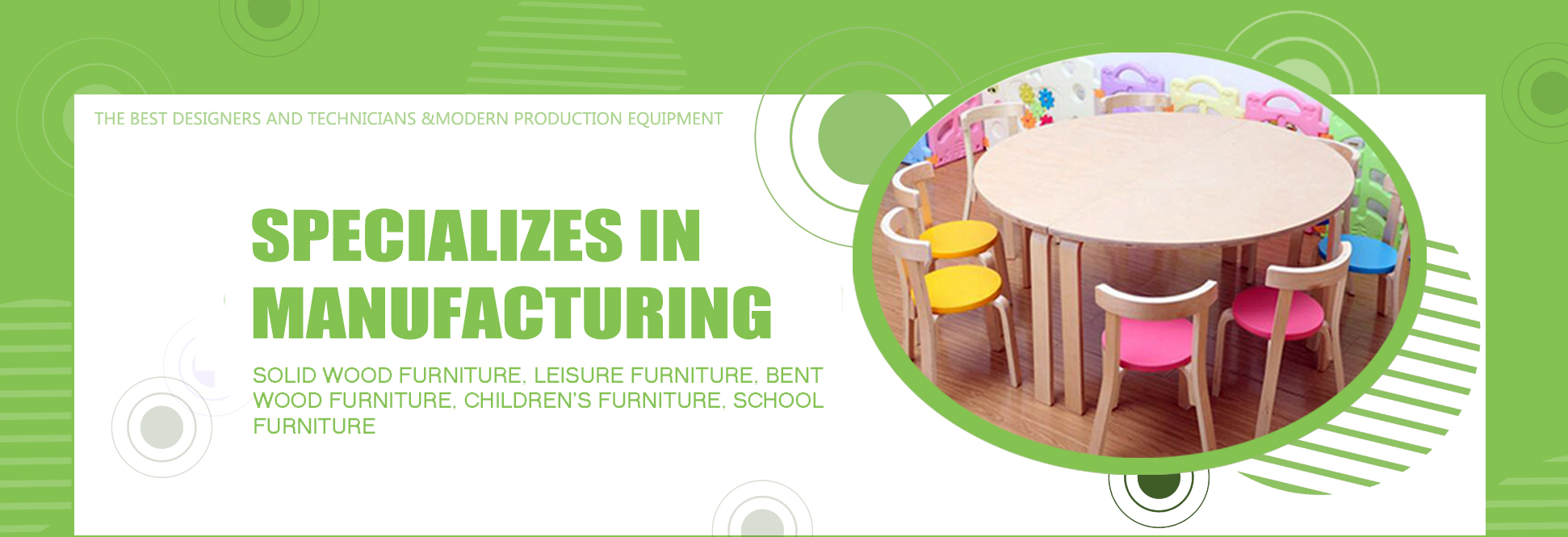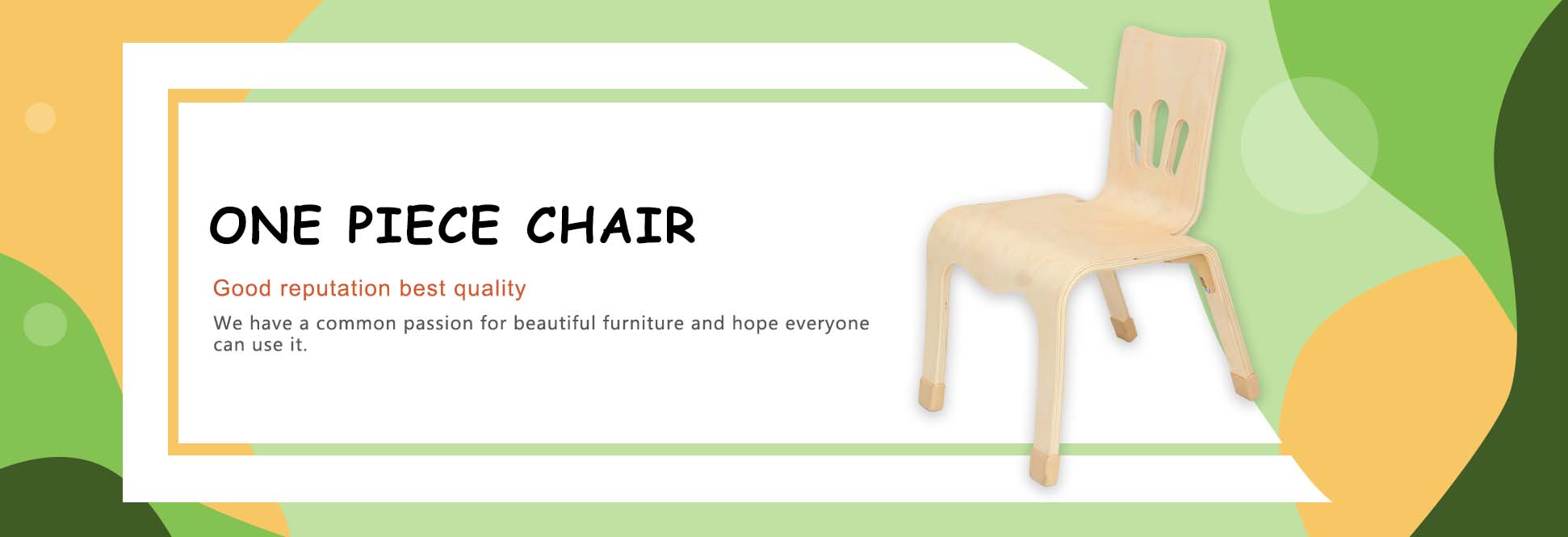In furniture design, some furniture with relatively large volume, such as dining table, bed board, wardrobe surface, door and other products, have a relatively large area, so it is not practical to use such a large board. In most cases, we see splice plates.
Solid wood panels adopt different structural forms, and narrow solid wood panels are combined into panels of the required width, such as solid wood countertops, solid wood chair seats, etc. Different splicing methods bring different visual effects.
Conventional thickness of solid wood panel: table top and drawer panel are 16-25 mm, thick table top is 30-50 mm, panel is 6-12 mm, drawer side plate and drawer back plate are 10-15 mm. In order to minimize the shrinkage and warpage of the panel, the width of the solid wood narrow board should be limited. In modern furniture production, solid wood narrow board is generally not more than 60mm.
In addition to limiting the width of narrow solid wood panels, the tree species in the same panel should be consistent or similar in nature, and the moisture content deviation of adjacent narrow solid wood panels should not be greater than 1%. There are various structural forms of solid wood panels. In actual production, appropriate panel forms should be selected according to different uses.
, flat.
Solid wood splicing type flat splicing form. The joint surface of flat wood narrow boards shall be planed straight, and the joints of adjacent narrow boards shall be tight and seamless. This is a kind of solid wood panel bonded by adhesive. The solid wood plate structure has the advantages of simple processing, high production efficiency and low loss rate of narrow solid wood plate. When applying glue, the joint surface should be aligned to avoid uneven plate surface.
Simple steps of flat splicing.
1. Material selection.
Material selection is related to the improvement of the later plate. First, try to avoid some wood defects, such as knots, cracks, notches, etc.
2. Material preparation.
The woodworking table saws and shears wool (pay attention to be 2-3cm larger than the actual size of the material, with allowance).
By planing, planing, etc. Thickness of treated material. Note: allowance should be left during processing. For example, 25mm thick plates should be actually spliced. Here, 27-28mm thick plates can be processed.
3. Assemble the blank.
Assembly has a great impact on the quality of finished furniture. Unreasonable assembly may cause serious deformation or even fracture of finished furniture.
4. Glue.
5. Clamping and drying.
Second, slope splicing.
Slope splicing form in solid wood splicing. Inclined splicing is a form of solid wood splicing. The plane of the flat splice joint is changed into an inclined plane and crimped with glue. The inclined splicing structure is adopted, which has simple processing and high production efficiency. Due to the increased bonding surface and high strength of the splicing panel, the bonding surface should not be aligned during gluing, which is easy to cause uneven surface.
Third, cut and spell.
The form of cutting and splicing in solid wood splicing. Tailor, also known as high-low seam, is a form of solid wood splicing in which a tailor is made at the seam before the splicing of solid wood narrow boards and bonded with adhesive. The advantage of slotting is that the panel is easy to align and uneven can be prevented. Due to the expansion of bonding surface, the bonding strength of plates is higher, but the rejection rate of narrow solid wood plates is also increased.
Fourth, concave convex joint.
Concave convex splicing form in solid wood splicing type. Concave convex joint is also called slot spring joint. The slot spring mouth should be processed at the joint of narrow solid wood before joining. It is a kind of solid wood joint with glue and pressure. The splice panels of this structure are easy to align. When the glue seam cracks, the concave convex structure of the splicing panel can still cover the glue seam. At the same time, due to the expansion of the bonding surface, the splicing panel has higher strength, which is often used in the sealing parts with higher requirements, but the turning loss rate of narrow solid wood plates increases.
Fifth, spelling of tooth shape.
Toothed splicing form in solid wood splicing. Toothed splicing is also called finger splicing. Before splicing, more than two tooth shapes should be processed at the joint of narrow solid wood, which is a form of solid wood splicing bonded with adhesive. The splicing surface of tooth shaped splicing is relatively flat. Due to the increase of bonding joint surface, the bonding strength of splicing is high, but the processing of tooth shaped splicing is relatively complex.




 咨询热线
咨询热线